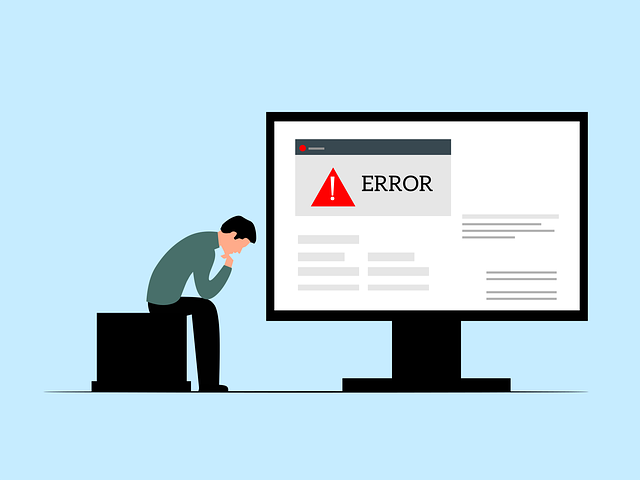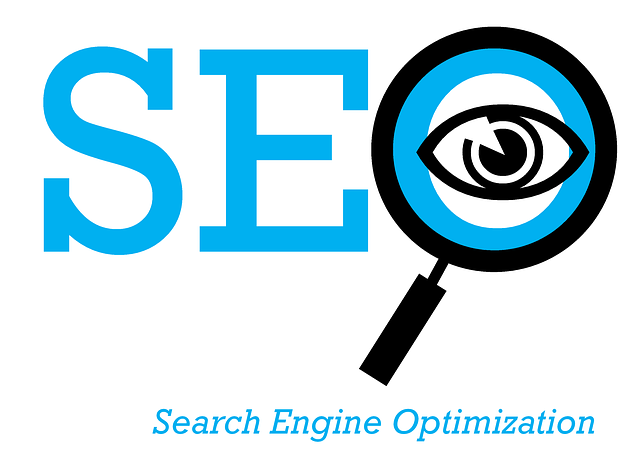On the World Wide Web, an author’s website is a powerful tool for connecting with readers, showcasing your work, and building your online presence. However, designing a website can be a daunting task, especially if you’re new to web development. To help you create an effective and engaging author website, I have compiled a list of the top 10 mistakes authors often make when designing their sites. By steering clear of these pitfalls, you’ll be well on your way to building a website that attracts your audience.
1. Neglecting Mobile Optimization
With a significant portion of internet traffic coming from mobile devices, it’s crucial to ensure your website is mobile-friendly. Failing to optimize for mobile can result in a poor user experience, leading to high bounce rates and missed opportunities to connect with readers on the go. Make sure your site adapts seamlessly to different screen sizes and loads quickly on smartphones and tablets.
2. Cluttered Design and Navigation
One of the most common mistakes is cluttering your website with excessive elements, making it overwhelming for visitors. Avoid cluttered layouts, complex navigation menus, and an abundance of distracting widgets. Keep your design clean, minimalist, and focused on highlighting your content and books.

3. Lack of Clear Call-to-Action
Your website should guide visitors toward specific actions, such as signing up for your newsletter, purchasing your books, or following you on social media. Failing to include clear and prominent call-to-action buttons or links can result in missed opportunities for engagement. Make sure your desired actions are easily visible and enticing to encourage user interaction.
4. Poorly Written or Incomplete Content
As an author, your words are your most powerful tool. Ensure that your website content is well-written, error-free, and engaging. Avoid lengthy paragraphs and dense blocks of text. Instead, break up content into readable chunks, use subheadings, and incorporate images or multimedia to enhance the visual appeal and readability of your website.

5. Inconsistent Branding
Your website should reflect your author brand consistently. Avoid using conflicting colors, fonts, or visual styles that confuse visitors and dilute your brand identity. Create a cohesive and harmonious design that aligns with your author persona and supports your unique voice.
6. Absence of an Author Bio
Readers want to know the person behind the books they love. Failing to include a compelling author biography is a missed opportunity to connect with your audience. Craft a concise and engaging bio that highlights your achievements, writing style, and passions. Incorporate professional author photos to add a personal touch.
7. Lack of Social Media Integration
Social media platforms provide an excellent opportunity to connect with your readers on a more personal level. Integrating social media icons and links on your website allows visitors to easily find and follow your social accounts. Don’t overlook the power of social media in building an engaged community of readers.

8. Ignoring Search Engine Optimization (SEO)
To improve your website’s visibility in search engine results, it’s essential to optimize it for SEO. Neglecting to incorporate relevant keywords, meta tags, and descriptive URLs can hinder your site’s organic reach. Research SEO best practices and implement them to increase your chances of being discovered by potential readers.
9. Complex Contact Information
Make it easy for readers, agents, or publishers to get in touch with you. Avoid hiding or burying your contact information deep within your website. Include a dedicated contact page or a prominent contact section that provides multiple ways to reach out, such as email, contact forms, or social media links.
10. Failure to Regularly Update Content
A static and outdated website can give the impression of a neglected online presence. Keep your website fresh and engaging by regularly updating content, including blog posts, news, and events. Engage with your readers by providing valuable and relevant information and encourage them to return to your site for the latest updates.
Designing an effective author website requires careful attention to detail and an understanding of your target audience’s needs. By avoiding these common mistakes, such as neglecting mobile optimization, cluttered design, unclear call-to-action, and inconsistent branding, you can create a website that engages readers and showcases your work in the best light. Remember, your website is a vital tool for building your author brand, connecting with readers, and driving book sales. Take the time to plan and design a website that truly represents you and your writing journey.
READ MORE
7 Reasons Why Self-Published Authors Need a Website
RECOMMENDED READING



